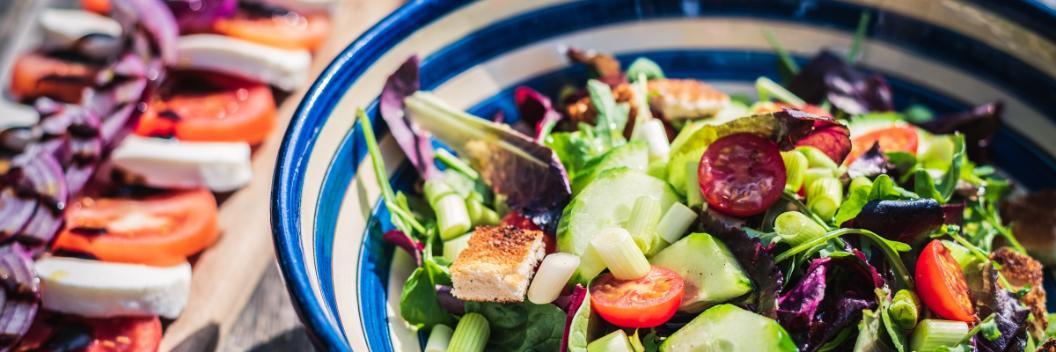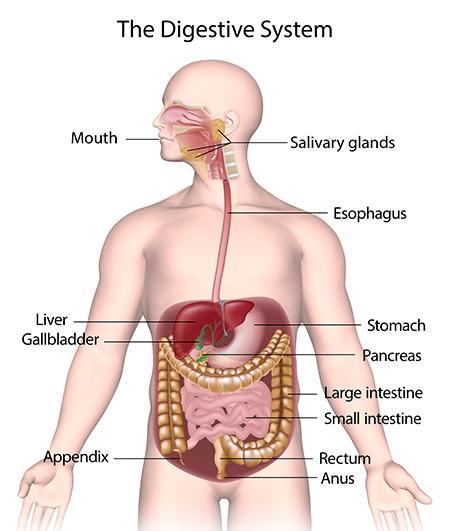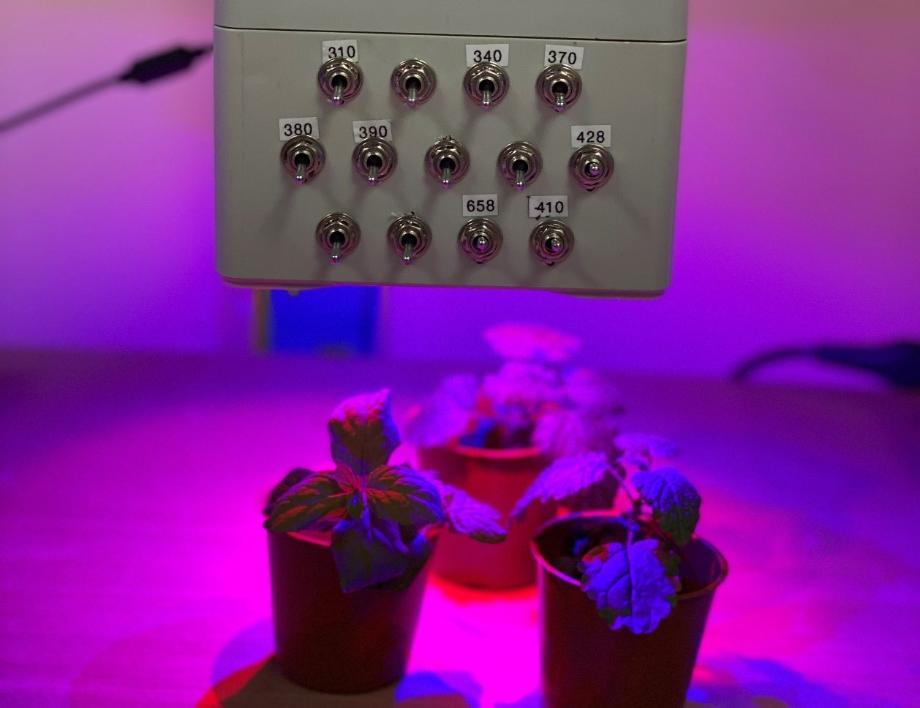Bioavailability of secondary metabolites
by Uthman Badmus, School of BEES, University College Cork
Having consumed a sumptuous bowl of salad containing plenty of green leaves such as rocket, spinach, microgreens, kale, lettuce, and ruby chard, with tomatoes, cheese, and avocados. I reckon one would be filled with a sense of healthy-eating accomplishment. Especially knowing that such a combination contains many important nutritional components –such as essential minerals, fatty acids, water-soluble vitamins, as well as proteins (from the cheese)– and limited calories (if we are counting) would make us feel we’ve eaten a healthy meal.
 Photo by Jez Timms on Unsplash
Photo by Jez Timms on Unsplash
Whilst we have eaten a healthy meal, one aspect that is not fully understood is the absorption of these nutritional food components into our body. Most people would say they know the concept of digestion, i.e., the breakdown of food into smaller bites, followed by absorption in the body. However, the entire fate of food in the body is about much more than the breakdown of complex foods and their macromolecules (e.g. carbohydrates, fats and oils, proteins), and also involves ingestion, absorption, distribution, utilisation, and excretion1,2. The fraction of a nutrient in food that is absorbed and utilised in the body is considered bioavailability.
The bioavailability of beneficial food components depends on the matrix of such food (liquid, grainy, etc.) and the state of the component and its solubility, among other factors1. Why is this relevant? Alongside the actual content of a food component, bioavailability gives us a better indication of the actual benefit we may expect from the food we consume. This may (or even should) influence our food choice.
 Photo: National Institute of Diabetes and Digestive and Kidney Diseases (NIDDK)
Photo: National Institute of Diabetes and Digestive and Kidney Diseases (NIDDK)
However, scientists do not yet fully understand what determines the bioavailability of food components in the human body. There are stringent ethical regulations surrounding experiments involving humans and/or animals and nutritional studies can also be very costly. As such, most bioavailability studies have been undertaken using in vitro models. In vitro digestion mimics the human gastrointestinal system, whereby food is hydrolysed using enzymes usually present in saliva and the gut, followed by filtering using dialysis, and then estimating the phytochemicals present1. However, as informative as this procedure is, it does not fully replicate the fate of food components in the body.
Improving the health benefits from our salad by enhancing the content of health-promoting secondary metabolites in plant food crops is promising as few of us do consume enough vegetables, fruits, and salads. Secondary metabolites (e.g. polyphenols, carotenoids, flavonoids, anthocyanins) are just as important for the human body as the primary nutritional components like proteins, starch, macro- and micro-elements, and fatty acids). Secondary metabolites are particularly linked to the prevention of chronic diseases such as cardiovascular disease and cancer1.
The interest in manipulating environmental conditions (e.g. light, temperature, salinity, watering, and fertilisation) to enhance health-promoting secondary metabolites in plant crops continues to emerge. Of all these conditions, light manipulation strategies attract the most attention, especially the use of novel LED systems that allow for the selection of specific light wavelengths such as Ultraviolet. UV light has been demonstrated to enhance the presence of some bioactive metabolites in plant crops3.

Whilst these growing conditions may increase the presence of secondary metabolites, studies have also established that the presence of these health-promoting metabolites in plant crops does not necessarily lead to the bioavailability of such metabolites4,5. This is because bioavailability depends not only on the level of the compound in the plant, but also on its nature, state and interaction with other compounds, as well as the matrix of the plant crop4,5. Because of this, the bioavailability of secondary metabolites in plant crops is just as critical as the content. Thus, optimising novel LED systems to enhance the level of metabolites in plant crops needs to be accompanied by studies of the bioavailability of these metabolites. Hence, our current SFI-funded project (UV-SINTEC) is focusing on developing a sustainable and efficient LED system that enhances secondary metabolites in plants and will be exploring the bioavailability of these bioactive compounds using in vitro models.
References
1. Alminger, M. et al. In vitro models for studying secondary plant metabolite digestion and bioaccessibility. Compr. Rev. Food Sci. Food Saf. 13, 413–436 (2014).
2. Bohn, T. et al. Mind the gap-deficits in our knowledge of aspects impacting the bioavailability of phytochemicals and their metabolites-a position paper focusing on carotenoids and polyphenols. Mol. Nutr. Food Res. 59, 1307–1323 (2015).
3. Marcel A.K. Jansen, Kathleen Hectors, Nora M. O’Brien, Yves Guisez and Geert Potters. Plant stress and human health; do human consumers benefit from UV-B acclimated crops? Plant Science (2008) 175, 449-458.
4. O’Sullivan, L., Ryan, L. & O’Brien, N. Comparison of the uptake and secretion of carotene and xanthophyll carotenoids by Caco-2 intestinal cells. Br. J. Nutr. 98, 38–44 (2007).
5. O’Sullivan, L., Jiwan, M. A., Daly, T., O’Brien, N. M. & Aherne, S. A. Bioaccessibility, uptake, and transport of carotenoids from peppers (capsicum spp.) using the coupled in vitro digestion and human intestinal caco-2 cell model. J. Agric. Food Chem. 58, 5374–5379 (2010).
